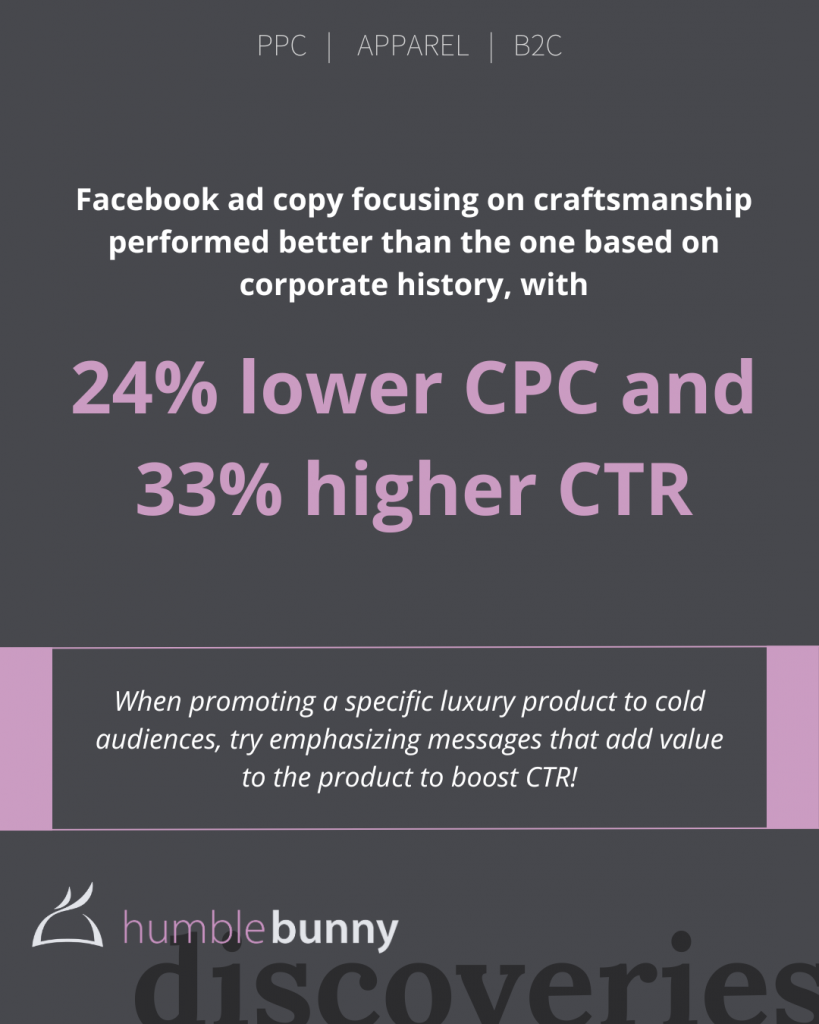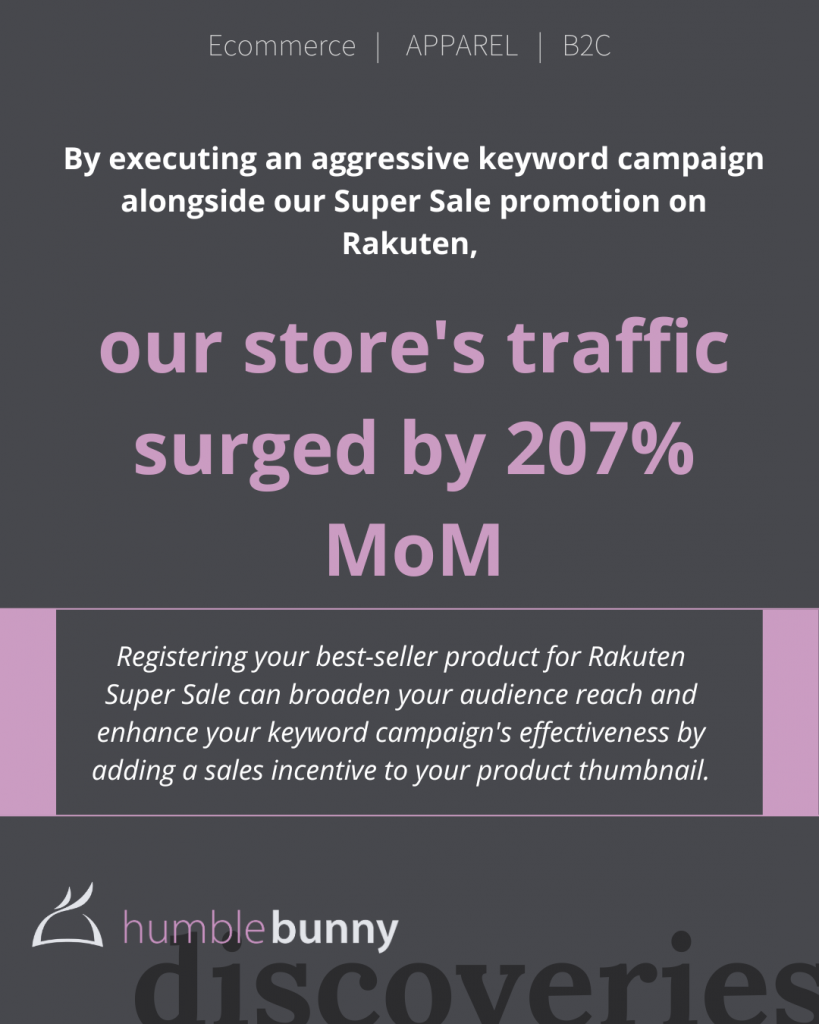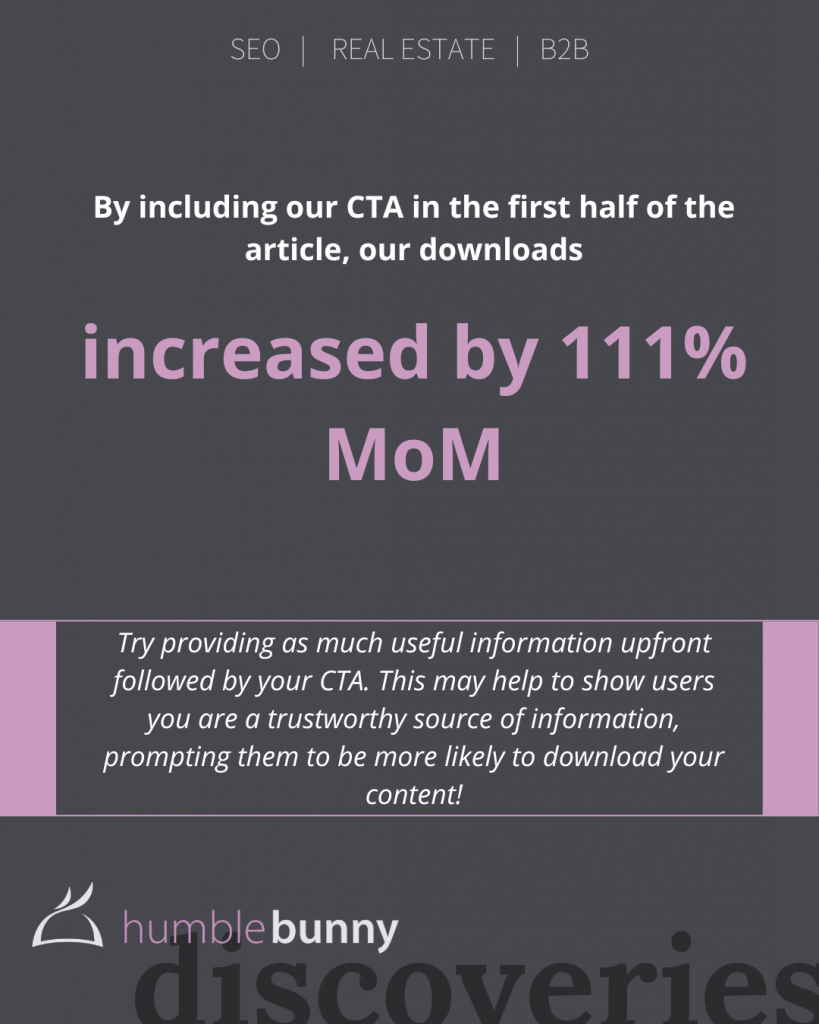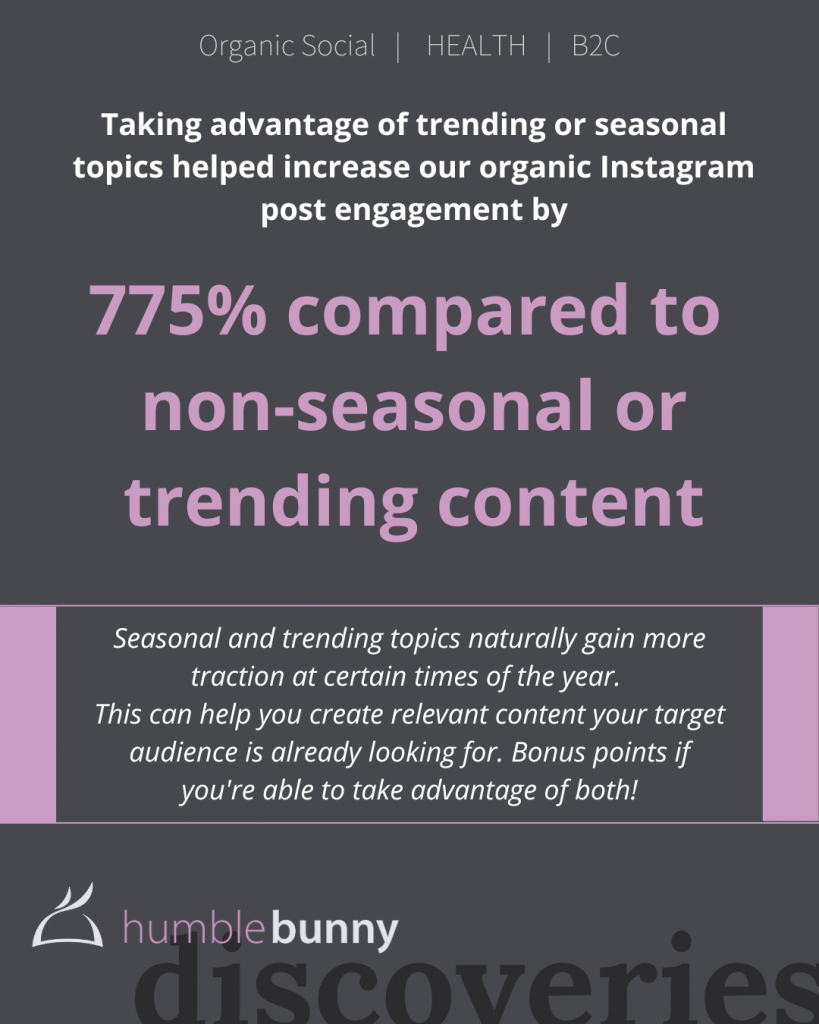Public Relations in Japan, like in any other place, is the work done to create public awareness about a specific company or brand. Not only that, but it also involves managing a brand’s reputation by constantly showcasing and providing positive news, updates to the media and, of course, crisis management when things go rough.
Table of Contents
- The Evolution of PR in Japan
- Common PR Practices in Japan
- Crisis Management
- PR Going Digital in Japan
- Tips to Create a PR Strategy in Japan
- Final words about public relations in Japan
The Evolution of Public Relations in Japan
Public Relations originally made its way from the US to Japan, but developed in a different way compared to the US and other western countries. Even though from the outside the media and PR communication may look similar, if you dig a little deeper you’ll be able to recognize the difference.
Japan is a very homogeneous and traditional society so it’s no shocker that the common media outlets are still traditional. Newspapers are still heavily relied on as a source of information.The top 5 leading daily newspapers in terms of influence and reach are Yomiuri Shimbun, Asahi Shimbun, Mainichi Shinbun, Senkei Shimbun and Nikkei which is considered as Japan’s version of Wall Street Journal, those five together reach over 47 million people.
This shows that Print Media still viewed as premium and as one of the reasons why the newspaper industry is still leading in Japan is because newspapers offers hard, fact-based news with fewer opinion-based coverage, which makes it ideal for the older and wealthier demographics in Japan whom don’t quite trust new news platforms like the social media.This is why solid media relations are essential for building a strong PR campaign in Japan.
Even though press PR is still relevant in Japan, digital PR is gradually coming to light, especially with youth. If you hop on any subway in Tokyo, you’ll find everyone on their phones, reading news and articles online or simply skimming on their phones, which means that while it’s important to build a strong press PR strategy, you must have a digital PR mindset included in your overall strategy.
Common Public Relations Practices in Japan
1- Mass Media Relations

It is a given that creating strong media relations with different media outlets and sources is a given in PR. What’s important here is understanding that it’s not just a matter of knowing a journalist but building a strong, deep and solid connection with them.
You must also know that the turnover rate of an average Japanese employee is far lower than the US for example, so the connection you build today will most likely last and blossom when the journalist gets promoted to a chief editor in a couple of years. These societal bonds that are built will give you an advantage and make your news more likely to be published and chosen over a cold call or a faxed newsletter.
2- Press Conferences and Events
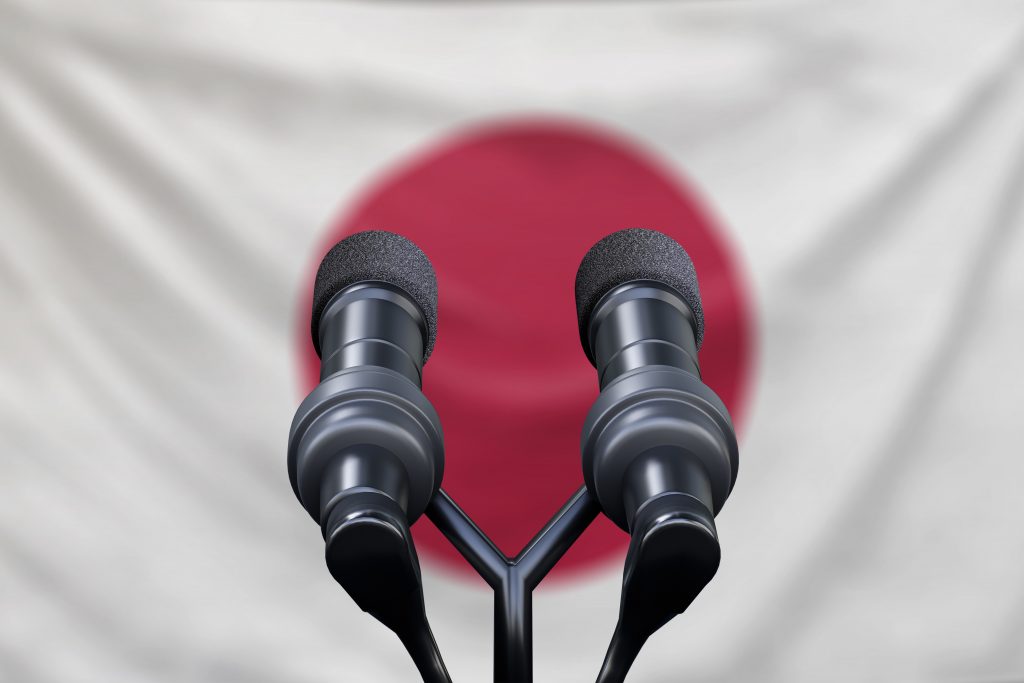
Press conferences have developed in Japan into being a “culture must” with the aim of delivering corporate strategies and updates to journalists. It is crucial to give out all necessary information about the product/service.
There are 5 key elements you must follow to hold a successful press conference:
- Build Key Messages tailored on a precise communication strategy
- Strategically select your media outlet keeping your target audience in mind
- Prepare a press kit
- Venue arrangement and onsite support (including accessories media coverage)
- Follow-up after the event
3- Press Releases
The sole purpose of a press release is sharing information in the clearest and most concise manner to the public. In many countries, press releases going live depends heavily on the distributor but in Japan that is not the case.
As we mentioned earlier, newspapers are viewed as a trust-worthy information source by the readers. So it is highly important to focus on its newsworthiness, accuracy, and relevancy.
Examples for press release contents can be:
- CEO Interviews
- Seasonally relevant articles
- Trend News
It is worth noting that since the Covid-19 Pandemic, virtual press conferences and press releases became a new trend that companies follow. Huge store chains, for example, started announcing new products using virtual press conferences through Youtube Live. It’s also considered cost efficient as the overall structure of the virtual conference is simpler, with more minimal preparations required.
Crisis Management
Crisis management is one of the most common PR elements in Japan. It focuses on controlling and minimizing damage to the company/brand image and reputation. There is still, however, a huge reliance on holding traditional press conferences where the CEO or a high management position would step down when confronted.
However, instead of waiting for the inevitable crisis, a company should work on developing a crisis manual based on analyzing potential issues that may hit the company. The manual is a set of protocols and processes that should be followed if a crisis takes place. It is important to plan ahead and internalize a worst case scenario possible so you can always be prepared.
Public And Social Media Event
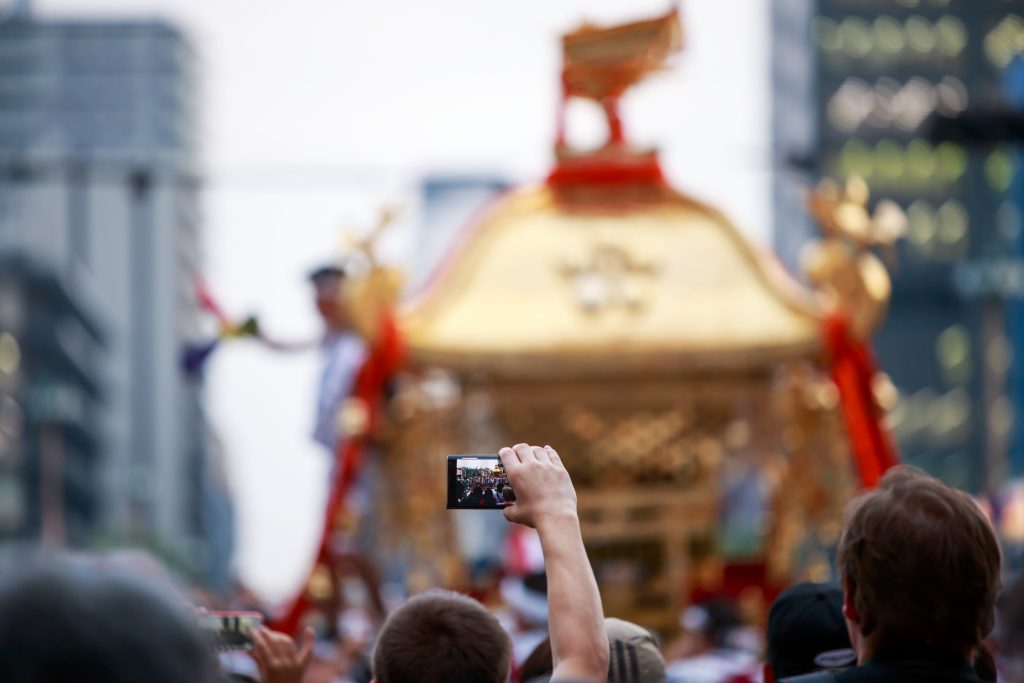
Although there is still a greater respect towards print media that doesn’t mean that the internet popularity is not massively important for the Japanese demographic. Facebook and Twitter came to power in the aftermath of the Great Japan earthquake back in 2011 when people started to rely on them as the main information source due to a faster communication of the news.
In this light, creating social media and public events are a great way to attract attention and create a buzz around your company/brand, taking advantage of the quicker communication through social media and the higher flexibility in audience reach, which is particularly useful when it comes to announcements related to events. This higher level of agility also helps your brand following social media trends and can also increase the relevance of your brand in a given seasonal event.
Public Relations Going Digital in Japan
Reliance on Digital Platforms in Japan
90% of Japanese users are online, mostly through smartphones and almost 60% of them qualify as active users. Social media in Japan has been increasing in popularity and reliance over the past 10 years, especially Twitter and Facebook. Social media platforms are now an ever-increasing medium for companies to use for messaging delivery to influence consumers and create brand awareness.
Influencer Marketing Combined With PR
The most common practice that emerged with the heavy use of social media is inviting influencers to try a company’s products for free. The influencer, in return, creates a buzz around the product while still giving them full authority over writing the product-related content in their own way and with their own opinion.
The downside of influencer marketing is that there is a risk of getting negative feedback from the influencer, or an out-of-brand approach, which may affect the brand image. This is a risk you should put in mind when thinking about developing an influencer PR event. Before collaborating with an influencer, you want to make sure that they share the same values or vision as your brand.
The Importance Of Relevance And Messaging For Public Relations in Japan
Like any other campaign, creating a relevant message to the audience is key to success. A media user can easily understand the relevancy of a message though the content, the tone and the words choice.
Don’t forget that Japanese newspapers have dozens of articles in them, so while it may be important to showcase an update in an overseas branch, take a step back and ask yourself if it’s relevant and will impact the average Japanese citizen. If the answer is not a 100% yes, then you might also opt for another media tool like social media or a newsletter for the announcement.
After checking if the content matches the Japanese market interests, it is important to localize the messaging format. Just getting a translation is not equivalent to nailing a perfect message. If you’re writing your PR content yourself and you are not Japanese, try getting a Japanese person to read it and give you an opinion about the language used and if the message is presented in the way you want.
Tips On Creating a PR Strategy In Japan

Should You Do it Yourself?
The first question you should ask yourself is: will I/my team be able to do everything on their own? Then ask yourself the following 2 questions to better understand your options:
- What’s my level of experience in PR?
- If my level is not enough for the project, do I have the budget to find a company to help?
You have to know that running a PR campaign in Japan can be quite tricky, and if you don’t have the experience and patience needed, it might be quite tough (notice that we said it’s tough but not impossible).
Work on the Perfect Business Pitch
Sending the proper pitch to a journalist can be nerve-wrecking since you want to avoid mistakes while capturing their attention. Proper explanation is an important element as it serves as the main catalyst for journalists. They also may use it later on when publishing articles about your business and need a quick source of information.
Keep an Updated Media Contact List
Try to identify publishers and writers who may be interested in your business idea and message. While getting a well-known writer to publish an article about your company/brand is good, the key is to find the right audience which is why it’s more practical to focus on specialized publishers as it will be more relevant to your content.
Always update and gather contact information like phone numbers, because while emails are important, texts and messaging applications are now being used as well as a means of fast communication.
Perfect Your Email Messaging
In order for your email to get picked by a journalist, you will need to write your email with the journalist’s demands in mind. be respectful, humble, informative and use the right Japanese in your email. Try doing AB testing until you perfect the right format and writing style. Alway bear in mind this question: “What’s the value I can offer them with this email?”
Give it Time
Journalists are always busy, their inboxes are always receiving newsletters and their phones are always ringing. You can follow-up on them, but you also need patience and understanding that in Japan, things take time. Persistency to reach a journalist is important: even if your newsletter doesn’t get picked, you should try again and again with new improved materials or higher value for publishers.
Final Words About Public Relations in Japan
All in all, PR in Japan can require more time to understand. Whether it’s in Japan or some place else, getting media coverage is difficult, especially when it comes to newspapers, but the good thing is all media outlets are always eager to find interesting news materials and if you mold your messaging and perfect it, you can gain the attention of multiple publishers, journalists and writers.
Need help gaining traction for your business in Japan? Let’s chat on how we can help.
Steal Our Best Ideas
Actionable insights straight from our data
Here are a couple quick discoveries we’ve pulled from the data of our latest projects. Why? To help you make the changes you need to gain traction in the Japanese market! As an agency, we are always digging deeper and searching for those little yet significant tweaks that will push our clients to the next level of success. If you need a partner to help you identify and implement changes like these on a monthly basis, let us know!
